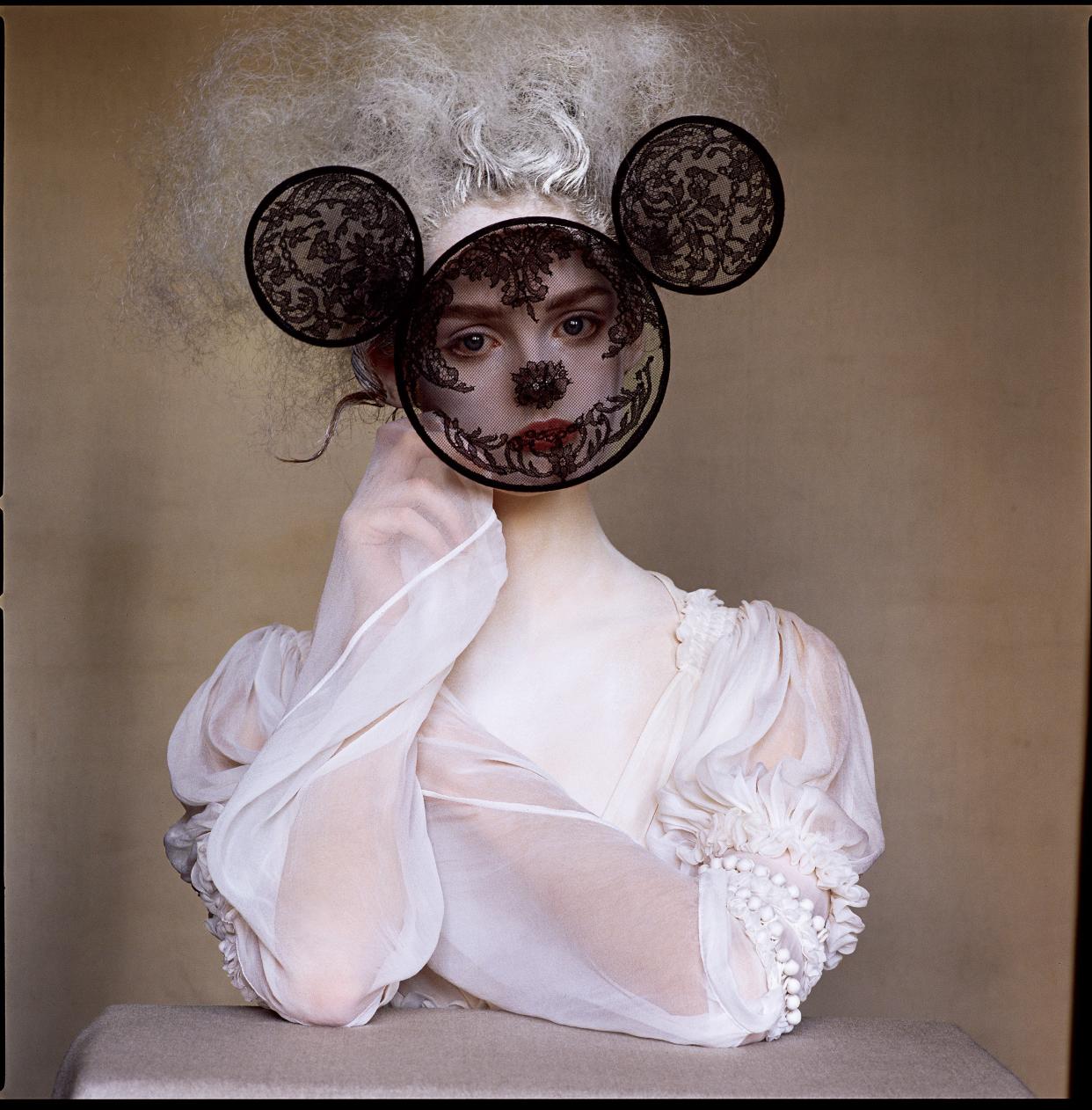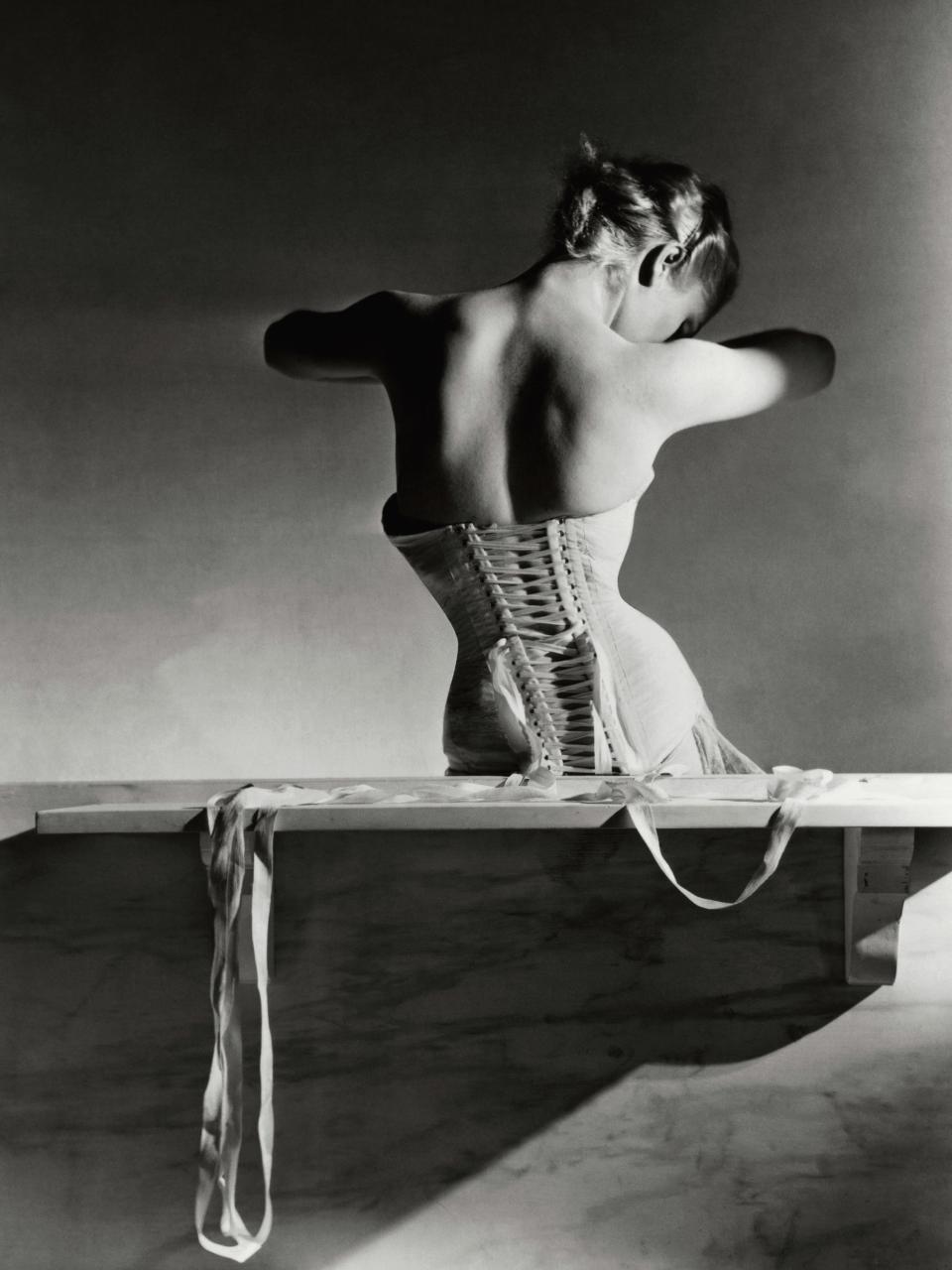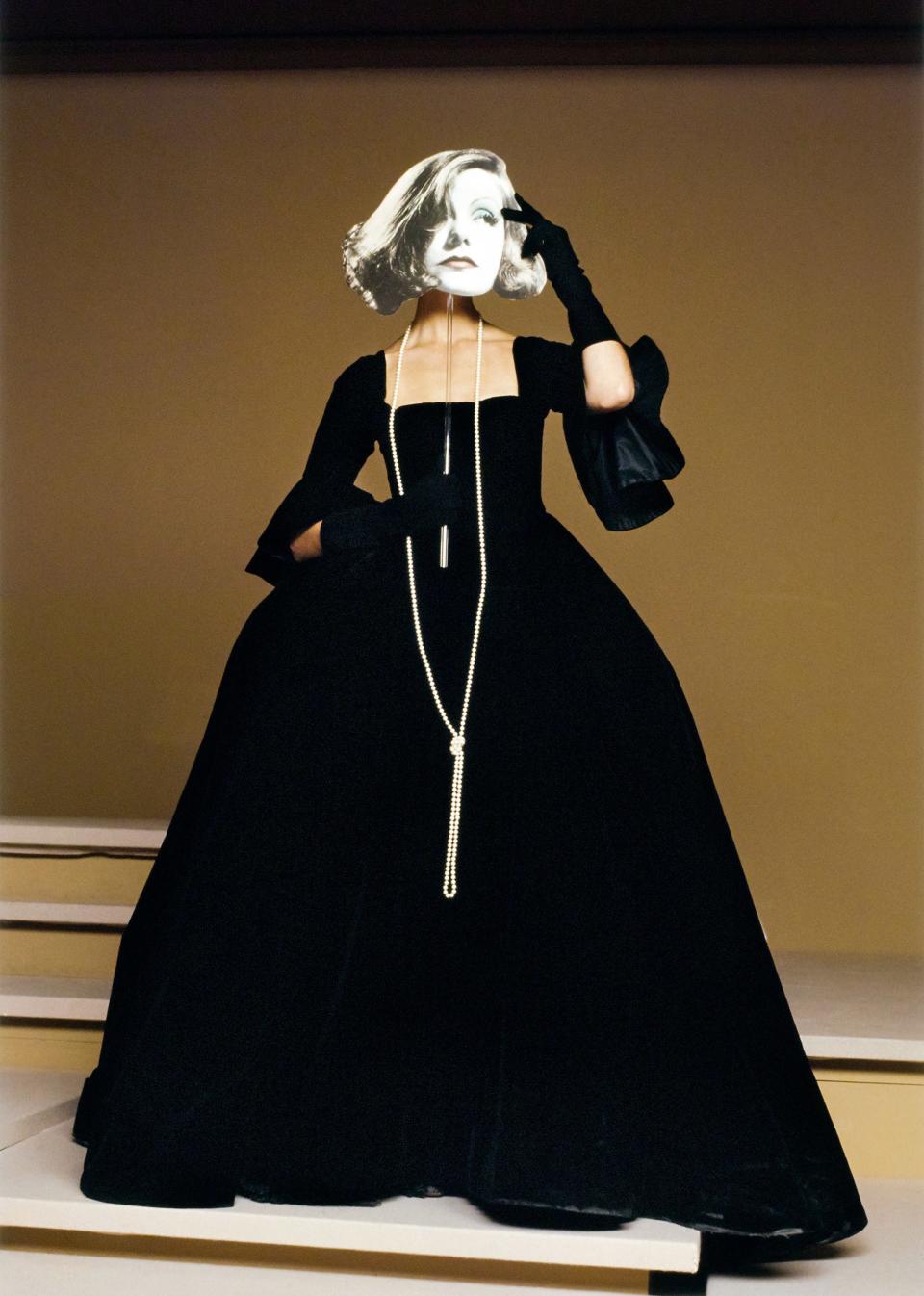Thanks for the Memories? Nostalgia Is No Good for Fashion

Being fascinated with history is part of my job description; being nostalgic is not. I believe we must document the past, but I’m growing increasingly ambivalent about the looking backward trend we’re seeing in fashion, by which I mean reissues and the like. One of the topics I’ve been grappling with was articulated by the artist David Kramer at Celine’s Spring 2020 menswear show on a straw bag that read: “I have nostalgia for things I probably have never known.” It turns out, there’s a made-up word for this phenomenon: anemoia. The idea that the past was a better place jibes with our collective anxiety about the future. But really, is it possible to miss something you didn’t experience?
Like camp, another very 2019 talking point, nostalgia is a slippery and intangible subject. If the former is a sensibility, the latter is a sentiment. Marcel Proust and his madeleine demonstrated how an object can evoke the warm fuzzies. A strain of music or a lingering scent can do the trick too. Today the commodification of nostalgia is upending that process by disassociating memory from lived experience. In this way, it mimics the digital landscape, specifically that of Instagram, where past and present are collaged, and appearance is everything.
The corporatization and commodification of nostalgia, which Google called “the biggest fashion trend of 2018,” is part of a larger, pan-industry play for millennial spending dollars in which businesses have adopted the role of helicopter parents, eager to entertain the whims and soothe the anxiety of a new generation who have traded the monster under the bed for a fear of missing out. For those who post pics of Kurt Cobain, there are grunge reissues. Missed the supermodel era? Follow Kaia Gerber or Mingus Reedus, the genetically blessed kids of Cindy Crawford and Helena Christensen, instead.
Of course, it’s not uncommon to witness a sort of stocktaking at a cycle’s end (in this case, the end of the 2010s) or in the face of potential upheaval. Twenty years ago, on the uncertain eve of Y2K, we saw corsets and frock coats from Alexander McQueen and Victorian silhouettes from Yohji Yamamoto. Similarly, recherché touches like bustles reappeared in fashion prior to the outbreak of the Second World War. Horst’s famous Mainbocher corset photo (later recreated by Madonna), was the last he took before leaving Paris at the outbreak of World War II, a beautiful elegy to the unraveling and destruction of a certain mode of existence.

A reference is different than a reissue, however. There’s no harm in referencing the past or one’s own body of work, but the scale of these reworkings is growing worrisome, and worse, a bore.
If there is a bright side to all this rehashing, it is this: Consumers are rejecting the idea of planned obsolescence that defined fashion throughout much of the 20th century. (And just in time, considering this year’s terrifying UN climate reports.) As a counter to a throw-away mentality, we’re seeing a renewed interested in quality and heritage—and a burgeoning resale market. In this way, fashion is increasingly being positioned as a collectible, akin to a chair or a poster, say, that accrues value over time. The arrival of the limited-edition drop feeds into this as well. And there’s also this: We live in an age of individuality where being the first or even one of the privileged few to have something is insufficient. Influencers like Kim Kardashian West have taken to wearing museum-quality vintage pieces as they go about their daily routines. For the rest of us, there’s Etsy or eBay and reissues.
This constant push and pull between the current day and yore are captured in the juxtaposition of two recent cover lines. “Everything Old Is New Again,” which appeared on a May 2019 issue of T Magazine, and which was followed, a month later, by this title in The Wall Street Journal: “The Past Need Not Be Prologue.” Fashion is defined by change, not stasis. The past can inform the present, but a moto jacket, however fierce, does not a punk make. Past fashions dressed up as new are but costumes because they exist in a vacuum. The power of fashion—even its duty—is to mirror the world. It acquires meaning as it anticipates and reacts to current events and modes of living—and wearing.
We musn’t forget either, as the photographer Marcelo Krasilcic recently reminded me, that the past is always changing. There’s nothing wrong with nostalgia per se; it’s part of the narrative of our lives, but it’s a form of selective memory. (Psychologists refer to our rewriting of the past as “rosy retrospection.”) The past is different than today; not necessarily better.
It’s necessary to document the past and to try to learn from it, but it is better used as a guidepost than an as anchor. As Christian Wiman wrote in a review of Lewis Hyde’s new book, A Primer for Forgetting, “Human beings—and human societies—cannot change or grow without learning to let go.”
Fashion, in verb form, speaks of making. This is no time to be playing ostrich: Our best hopes for the future are action and innovation.
Laird Borrelli-Persson is Vogue’s Archives Editor.

Model in Costume Worn by Greta Garbo, Vogue
Originally Appeared on Vogue

